Letters of Transmittal Samples
-
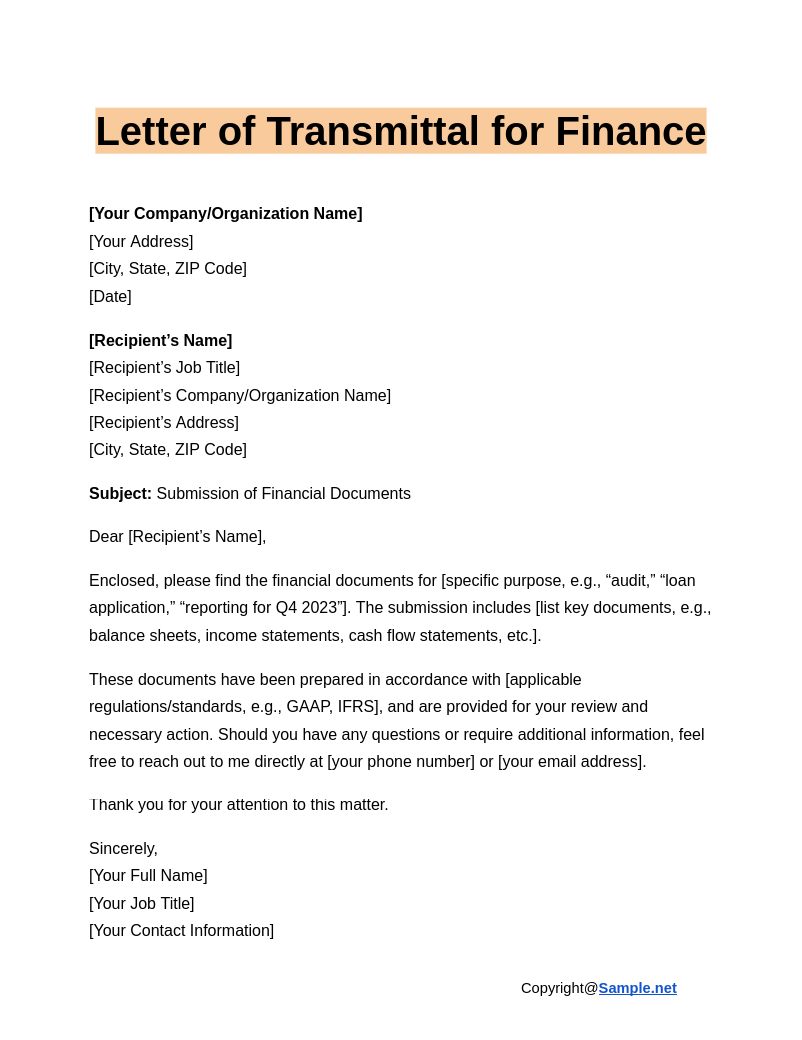
Letter of Transmittal for Finance
download now -
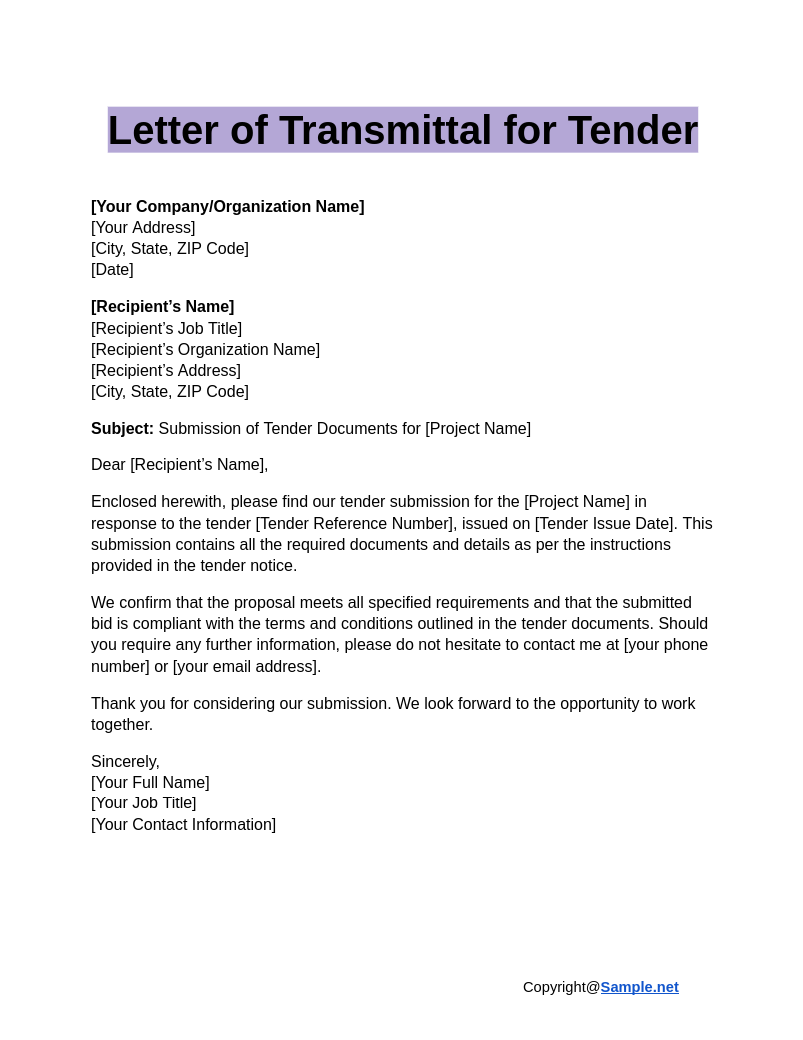
Letter of Transmittal for Tender
download now -
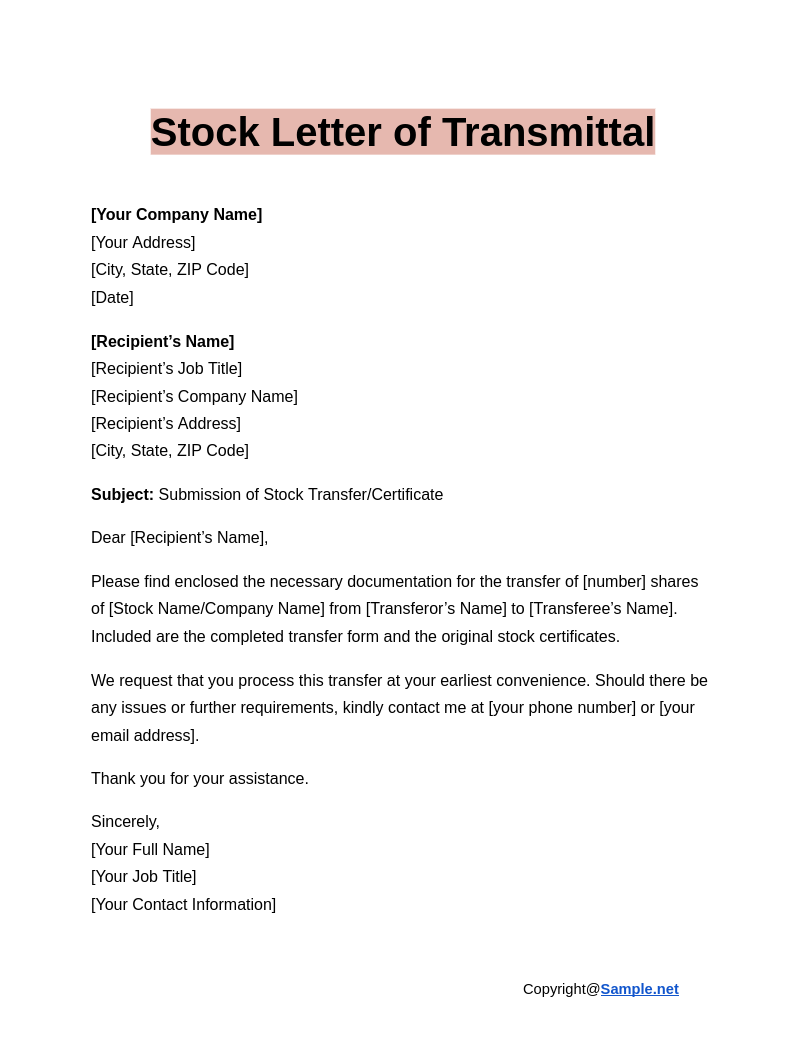
Stock Letter of Transmittal
download now -

Letter of Transmittal for Assignment
download now -
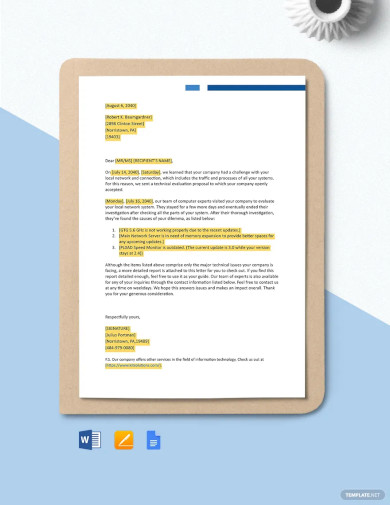
Letter of Transmittal for Technical Report Template
download now -
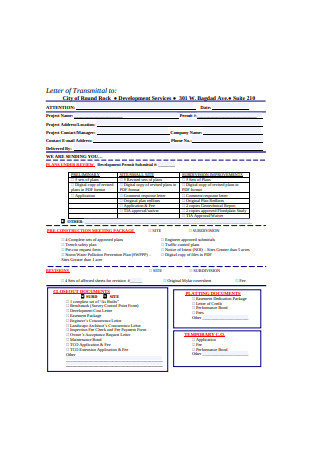
Letter of Transmittal Report
download now -
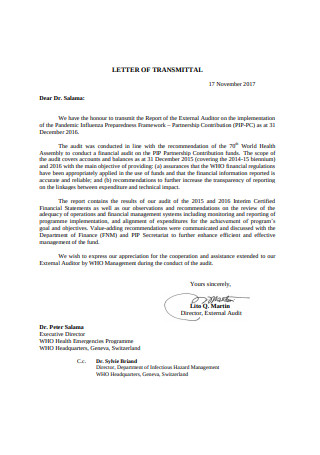
Letter of Transmittal Proposal Format
download now -

Sample Business Letter of Transmittal
download now -
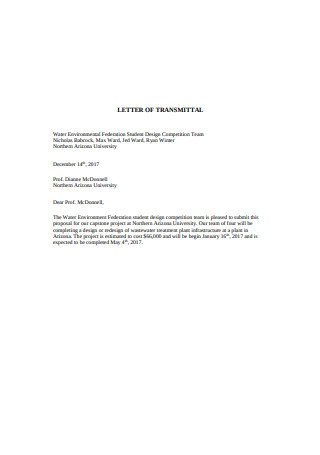
Basic Construction Letter of Transmittal Format
download now -
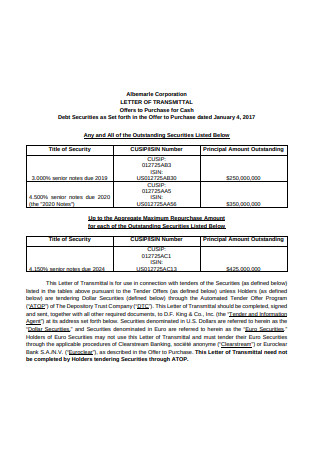
Research Letter of Transmittal Example
download now -
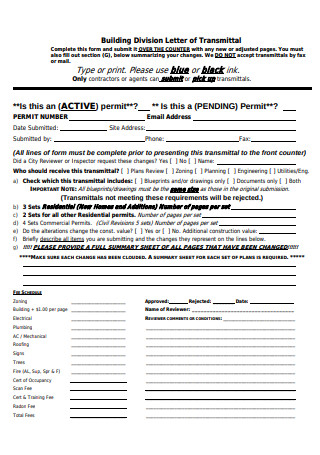
Simple Engineering Letter of Transmittal Format
download now -
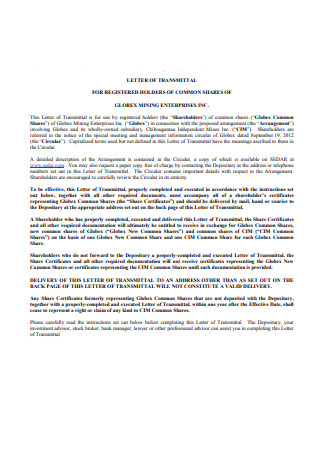
Formal Letter of Transmittal
download now -
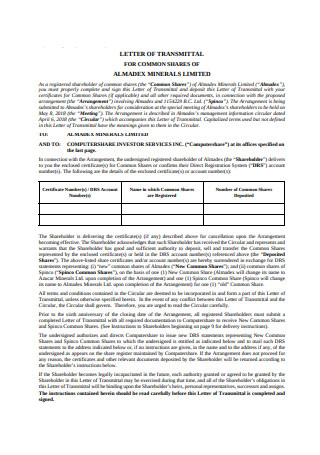
Basic Marketing Research Letter of Transmittal Example
download now -
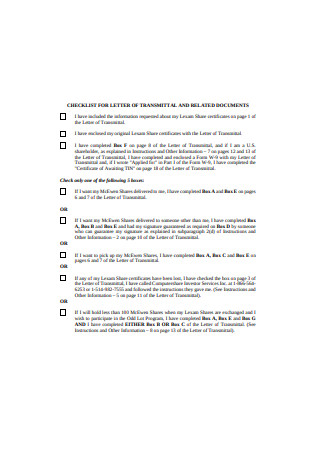
Checklist for School Letter of Transmittal
download now -
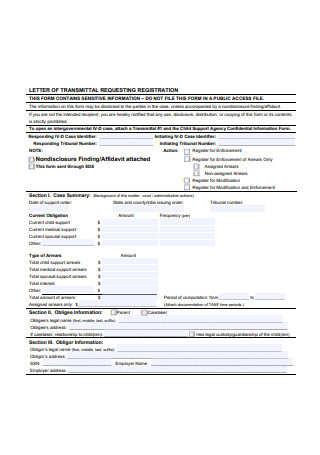
Printable Internship Report Letter of Transmittal Format
download now -
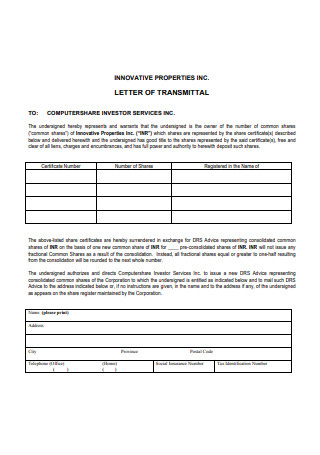
Professional Recommendation Letter of Transmittal
download now -
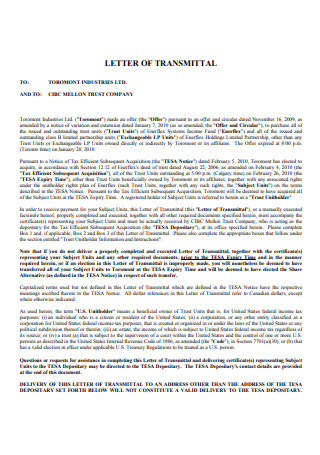
Basic Submittal Letter of Transmittal Sample
download now -

Research Paper Transmittal Letter
download now -

Sample Offeror’s Transmittal Letter
download now -

Letter of Transmittal to the Board of Governors
download now -
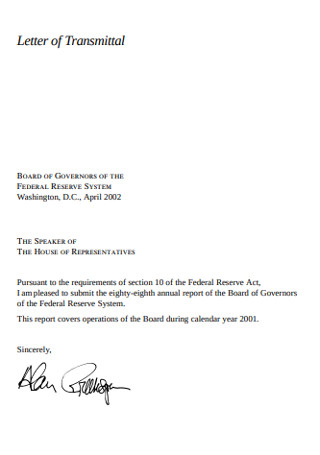
Board Letter of Transmittal
download now -

Sample Submit of Municipal Transmittal Lette
download now -
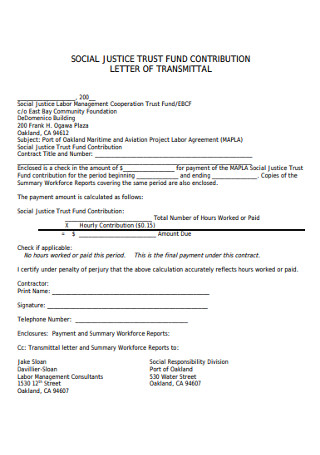
Trust Fund Contribution Letter for Transmittal
download now -
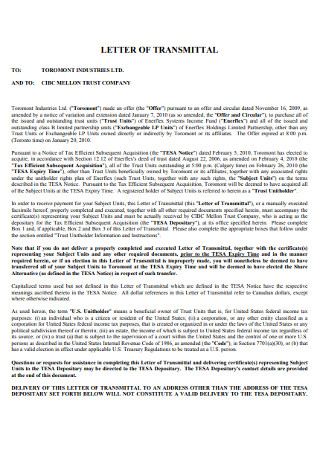
Industry Letter of Transmittal Template
download now -
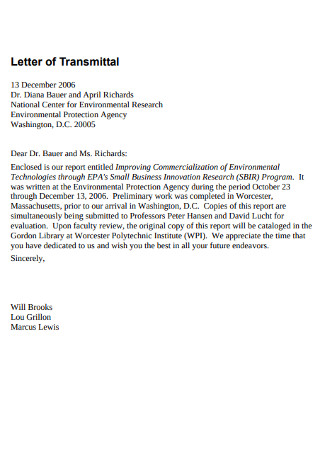
Formal Letter of Transmittal Template
download now -
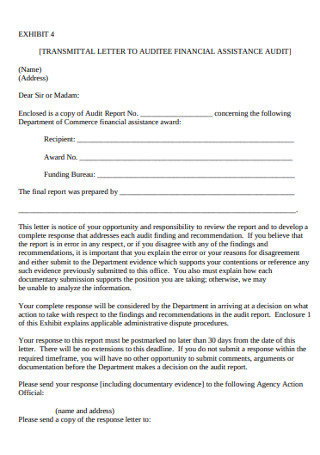
Transmittal Letter of Auditee Financial Assistance Audit Template
download now -

Agricultural Letter of Transmittal
download now -
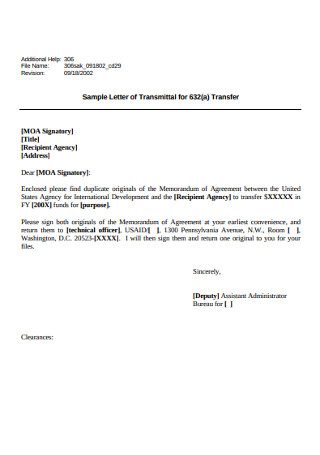
Sample Letter of Transmittal for Transfer
download now -
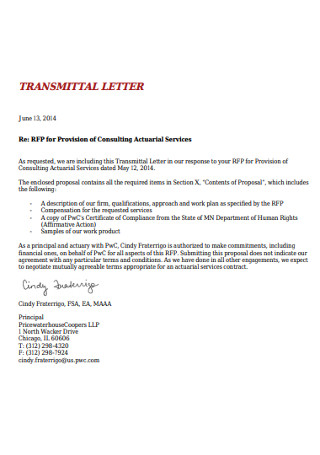
Consulting Transmittal Letter
download now -
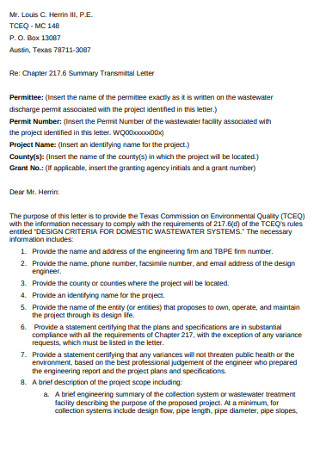
Summary Transmittal Letter
download now -
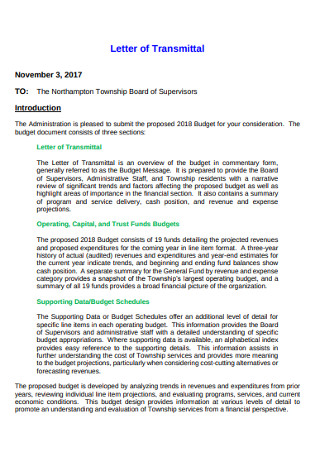
Township Board of Supervisors Letter of Transmittal
download now -
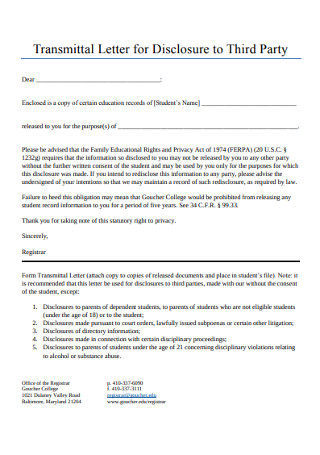
Transmittal Letter for Disclosure to Third Party
download now -
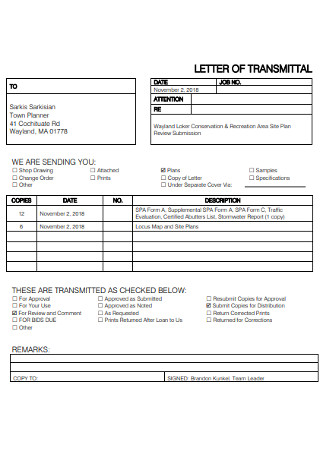
Simple Letter of Transmittal Template
download now -
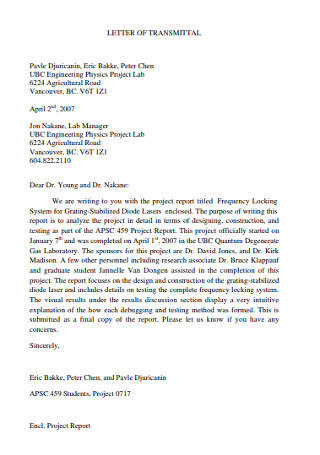
Lab Manager Letter of Transmittal Template
download now -
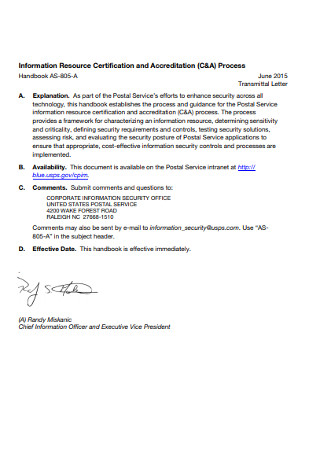
Postal Service Transmittal Letter
download now -
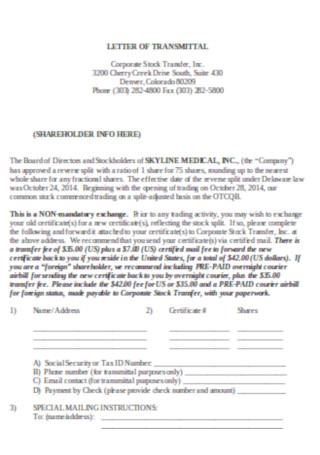
Corporate Letters of Transmittal
download now -
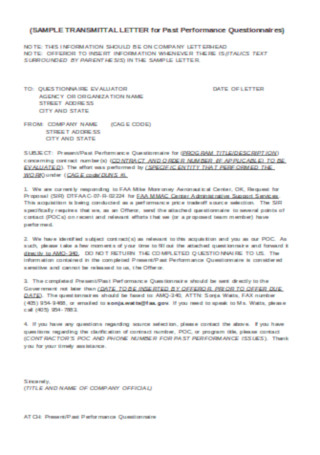
Sample Letters of Transmittal for Past Performance
download now
FREE Letter of Transmittal s to Download
Letters of Transmittal Format
Letters of Transmittal Samples
What is a Letter of Transmittal?
How To Write a Letter of Transmittal
FAQs
Are transmittal letters the same as letters of reference?
What is a transmittal form?
What is a letter of transmittal M&A?
How formal should a Letter of Transmittal be?
What happens if a Letter of Transmittal is unclear?
What is the difference between a Letter of Transmittal and a Cover Letter?

Download Letter of Transmittal Bundle
Letters of Transmittal Format
[Your Company/Organization Name]
[Your Address]
[City, State, ZIP Code]
[Date]
[Recipient’s Name]
[Recipient’s Job Title]
[Recipient’s Company/Organization Name]
[Recipient’s Address]
[City, State, ZIP Code]
Subject: [Brief Description of the Transmitted Document/Material]
Dear [Recipient’s Name],
I am pleased to submit [specific document/material name], which has been prepared in response to [specific request, project, or requirement]. This document/material [briefly explain purpose, e.g., outlines our proposal, provides the requested data, or fulfills the requirements of a contract].
[Include a brief summary of the contents, such as key highlights, scope, or any special notes the recipient should be aware of.]
Should you have any questions or require additional information, please do not hesitate to contact me at [your phone number] or [your email address].
Thank you for your time and attention to this matter. I look forward to your feedback or next steps.
Sincerely,
[Your Full Name]
[Your Job Title]
[Your Contact Information]
Enclosures: [List any enclosed documents, materials, or items]
What is a Letter of Transmittal?
A company has different departments working together in unity. Your department can be in charge of finances and the other department in human resources and so on. Imagine sending a report to accounting about the current financial status of the company. The report, being a formal office document, should be accompanied by a transmittal letter. A transmittal letter is an introduction to the report. It works the same way as a cover letter. When your recipient receives the document, the first thing he sees is the transmittal letter. A thorough reading of the letter will give the reader the specific content of the document it is attached to. In addition, the transmittal letter acts as a record that a document has been sent.
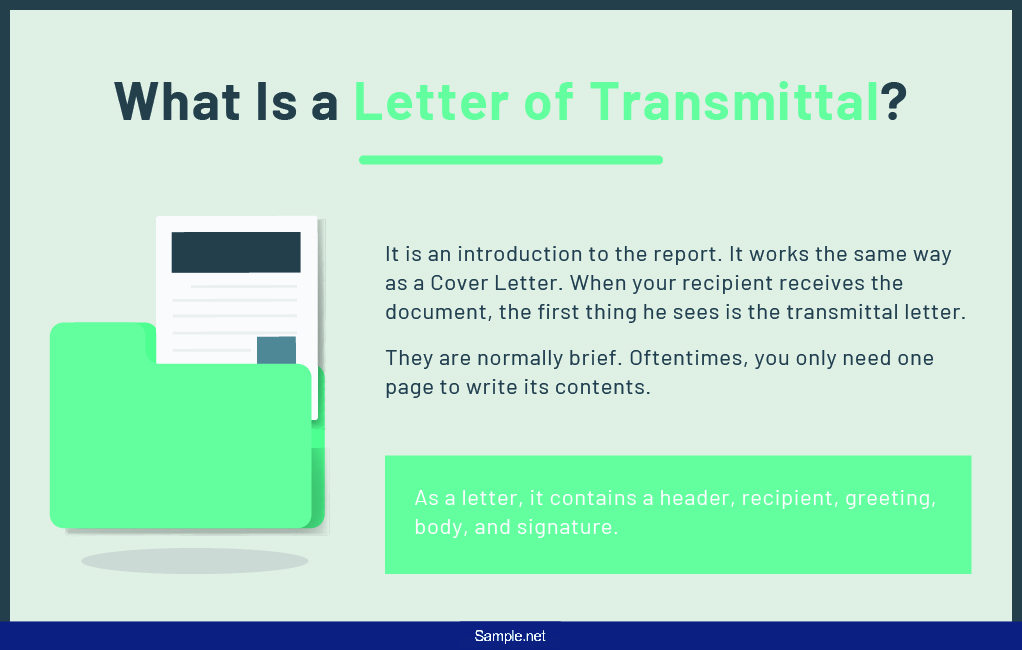
Transmittal letters are normally brief. Often times, you only need one page to write its contents. As a letter, it contains header, recipient, greeting, body, and signature. When writing the letter, keep in mind that you need to establish goodwill with the recipient. Meaning, try and sell the document. You want the recipient to read the document attached to the transmittal letter. In order to do that, you need to keep a friendly tone and encourage the reader to contact you for any confusion and further clarification about the report. You can also see more on Appraisal Letter.
How To Write a Letter of Transmittal

There is no specific way of writing letters of transmittal. The way you structure one solely depends on the document it is accompanying. For the most part, it is a business letter and should follow the style format of one. Likewise, below is a step by step guideline to help you in the writing process.
Step 1: Write the name and address of the receiver
Since this is a business letter, include the proper heading by placing a date, name of the recipient and his address. If you do not have previous business interactions with the receiver, I suggest using the block letter formatting style. It is more formal and professional. However, if you have an established business relationship with the receiver, using the modified block style format or semi-block style format is fine as well. Formatting a business letter can have a great impact on the reader’s impression of you so you need to choose wisely.
Step 2: Formally greet the recipient
Greetings and salutations are essential when writing letters. Choose an appropriate greeting followed by the name of the receiver. If you do not know the name of the receiver, you can use the generic “Ma’am/sir”. Keep in mind to be welcoming and friendly when writing the letter.
Step 3: Provide an introduction
The first paragraph of the letter’s body should be an introduction. Introduce yourself and which department you are from. In the same paragraph, state the name of the accompanying document. For example, “I am Mr. Williams from the accounting department. Attached to this letter is last month’s financial report on the spendings of the marketing team, as per your request.” You can also see more on Detailed Letter.
Step 4: State the purpose
The second paragraph should elaborate on the purpose of why you are sending the document; this will help the receiver give the appropriate response. Inform him of the importance of the document you are sending. For example, “The unfavorable marketing response for our advert campaign last March of 2020 has prompted us to conduct a market research study to come up with a new marketing plan able to penetrate the online market. We have coordinated with the technical department and have come up with a proposal based on last month’s product sales and return. Based on our research, we concluded it would be beneficial to start an online marketing campaign using social media. The data and complete report are attached to this letter for your perusal.”
Step 5: Write the closing paragraph
In the closing paragraph, you may request an action from the recipient. You may ask him for receipt of the document (i.e., return to the sender once read) or call you for any further questions or suggestions. You may also notify him of the nature of the document. The document can be of public or of confidential nature. For confidential documents and reports, indicate in the letter how the document should be kept and filed. In the same paragraph, you may also choose to enclose your contact information and additional instructions on what to do to the document once the receiver has reviewed and signed it.
Step 6: End the letter
You can end the letter by thanking or complimenting the reader for taking his time to read the document. For example, “Thank you for trusting us with taking charge of this market research for you, we are grateful for the opportunity. Looking forward to the next project.” Try and establish goodwill and gratitude by choosing the appropriate closing words. Consider using “sincerely, best regards, and respectfully” when writing the closing salutations. Also, do not forget to write your complete name, the department you are from, your position, and your signature.
Normally, you can fit the whole content of a letter of transmittal on one page; this holds true especially for office memos. However, for other large and lengthy business documents such as research proposals, technical reports, financial reports, project proposals, and market analysis your transmittal letters would also be lengthy to be able to cover the whole context of the accompanying document. A transmittal letter can be used as cover letters not only for one single document but also for a collection of closely related documents.
FAQs
Are transmittal letters the same as letters of reference?
Although both are used as an accompanying document, they differ in purpose. A letter of reference provides support to the document it is accompanying. On the other hand, a letter of transmittal provides a summary of the contents of the document it is accompanying. The first one, you will normally use when writing an application letter. The reference letter contains testimonies of your competence for a certain position. It can also be called a recommendation letter. For the second one, you will encounter this in an office setting. It is used as a cover letter for an important business document, for example a department’s technical report. It introduces and highlights the key points of the technical report it is accompanying.
What is a transmittal form?
When you send documents or a collection of documents from one company to another, it is advisable, to provide the receiving company a front page. The front page contains the important details of the document or collection of documents. Most times the sending company takes the initiative to include a transmittal letter (front-page letter). In the event it does not, the receiving company will ask the sender to fill out a transmittal form. The transmittal form works the same as a transmittal letter. It summarizes the entirety of the extensive document it is accompanying. It introduces the name of the document, the purpose of the document, and the main purpose of why the document is being sent.
What is a letter of transmittal M&A?
In mergers and acquisitions, the person buying the shares of the corporation must receive the certificate of stocks of the acquired company. The stock certificates and other documents of title are gathered, signed, and transferred to the acquiring company. Together with it is a letter of transmittal. The letter will state the confirmation of ownership brought about by the merger between company A and company B. Basically, it summarizes the events following the merger and acquisition process. Who owns what and how much. You can also see more on Explanatory Letter.
How formal should a Letter of Transmittal be?
The formality depends on the context. Business and government transmittal letters should maintain a highly professional tone, with proper formatting and concise language. In less formal scenarios, such as internal memos, the tone can be slightly more relaxed but still respectful.
What happens if a Letter of Transmittal is unclear?
An unclear Letter of Transmittal may lead to misunderstandings about the enclosed documents, delays in processing, or even rejection of the submission. Therefore, clarity and precision are essential.
What is the difference between a Letter of Transmittal and a Cover Letter?
A Letter of Transmittal accompanies documents to provide context about the materials enclosed, like reports or contracts. A cover letter, on the other hand, is written to introduce oneself and explain qualifications or motivations for a specific role or opportunity. Both have different objectives and are used in different scenarios. You can also see more on Permission Request Letter.
